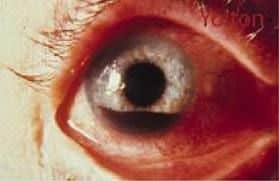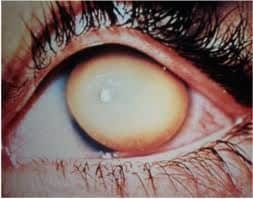 It’s 2pm on a Saturday and the regular crowd shuffles in. Sorry that’s a Billy Joel song. It’s 2pm on a Saturday and a 23 year old male presents after being struck in the eye by a squash ball. You quickly look and it’s a ……….HYPHAEMA.
It’s 2pm on a Saturday and the regular crowd shuffles in. Sorry that’s a Billy Joel song. It’s 2pm on a Saturday and a 23 year old male presents after being struck in the eye by a squash ball. You quickly look and it’s a ……….HYPHAEMA.
A hyperaemia is defined as blood in the anterior chamber of the eye.
3 THINGS TO CONSIDER.
1 How do we grade Hyphaemas?
Grade 1 <1/3 of the anterior chamber has blood in it
Grade 2 1/3 – 1/2 of the anterior chamber has blood in it
Grade 3 >1/2 of the anterior chamber has blood in it, but it is not totally filled.
Grade 4 Total filling of the anterior chamber
2 How do we, in the ED, treat patients with hyphaemas?
-Shield the eye(not patch)
-Rest the eye- no watching TV or reading. Pupillary changes must be minimised.
-Sedation sometimes assists.
-Analgesia
-Sitting at a 30-45 degree angle may improve the settling. It can result in earlier clearing and more rapid improvement of visual acuity.
3 What to beware of?
-Always test visual acuity and Afferent Pupillary defect
-Raised intraoccular pressure occurs in about 1/3 of cases
-Secondary bleeding occurs in 25% of cases and results in worst prognosis in terms of visual acuity.
-BEWARE with this history NOT TO MISS THE GLOBE RUPTURE.
4 What are the potential complications?
-Optic Atrophy
-Corneal Staining
-Ghost Cell Glaucoma- the red blood cells lose their haemoglobin and block the trabecular meshwork.
Who can we discharge?
Patients with Grade I hyphaemas and no other complications can go home
Who needs ophthalmology?
Grade 4 hyphaemas, raised intraoccular pressure, or anyone with sickle cell disease or trait.
Peter Kas





